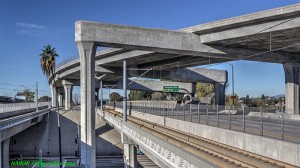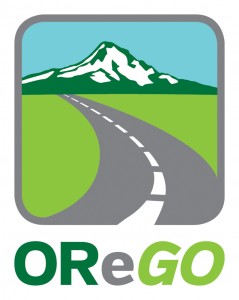 As the California Legislature explores option to address the massive shortfall in funds for transportation infrastructure, a mileage-based fee appears to be off the table:
As the California Legislature explores option to address the massive shortfall in funds for transportation infrastructure, a mileage-based fee appears to be off the table:
Higher gas and diesel taxes, revenue from the state’s cap-and-trade program, and increased vehicle license and registration fees are among the possible sources of new revenue included in a transportation-funding package of principles put forward Monday by a coalition of local government, business and labor groups.
Notably missing from the list of possible ways to generate $60 billion over 10 years: A system of charging people based on the miles they drive instead of the fuel they pump. Such a system is the focus of a pilot study that received $10.7 million in the current budget. Assembly Speaker Toni Atkins, D-San Diego, mentioned the idea earlier this year as an option for generating more transportation revenue. And starting last month, thousands of Oregon motorists began testing mileage-based taxes.
But supporters of the fee, of which I’m one, need not despair. This will be a challenging program to implement, and it makes sense to start with the pilot and then build expertise and support from there in the coming years. Over the long run, California will have to adopt this policy. Otherwise, gas tax revenue will continue to decline with inflation and improved fuel economy, while voters will prefer transportation infrastructure that doesn’t collapse.
Drivers who join the program will be charged 1.5 cents per mile for trips that take place on Oregon roads. Participants will be given the option of using a GPS to record their miles or using a non-GPS option that will track usage based on the mileage counters of cars.
In return for participating, the drivers will be offered a tax credit reimbursing them for the 31-cent-per-gallon Oregon gas tax.
Participation in the program will initially be limited to 5,000 cars.
I imagine the first participants to sign up will be those in gas guzzlers who don’t drive very far. But in the long term, this is probably the best way to ensure we have adequate funds for our transportation infrastructure, particularly as vehicles become more fuel efficient.



